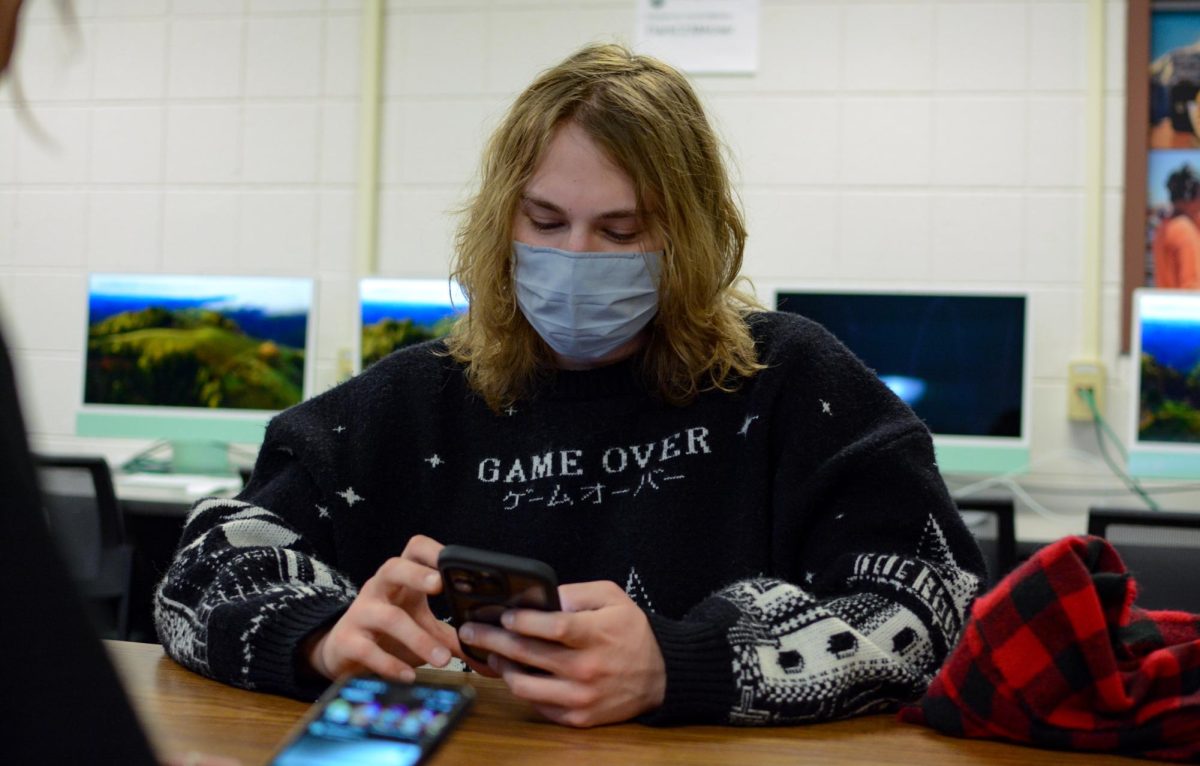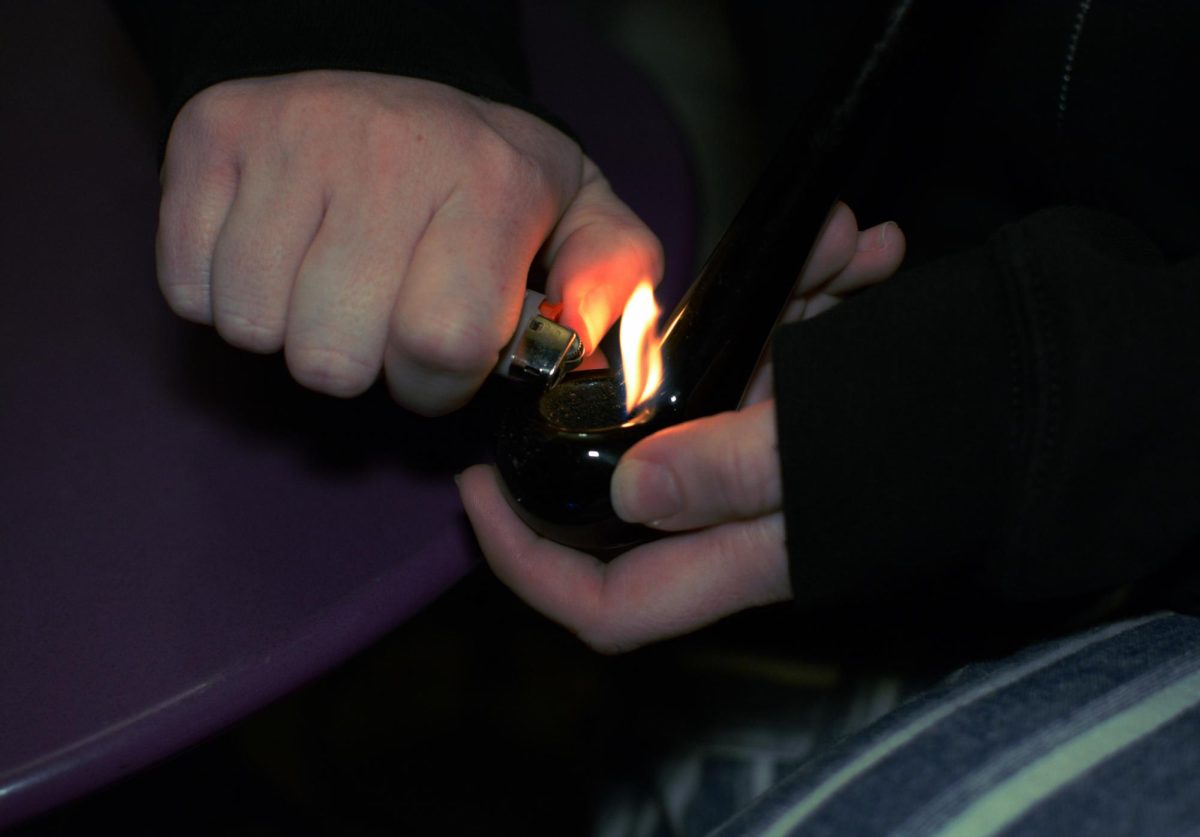Ad
Puff Puff? Pass: How Medical Marijuana Helps Users Cope with Chronic Pain
Marijuana plants grow in the Hummingbird Cannabis facility in Lafayette, Colo. April 20, 2022.
April 19, 2023
Sluggish, unmotivated, fatigued, foggy-brained. These are all words that have been used to describe people who smoke marijuana. However, for Jackie Neil, a 4th year at Colorado State University, these are all symptoms of her chronic illness, fibromyalgia.

According to the National Institutes of Health, fibromyalgia is a long-lasting medical disorder that causes “pain and tenderness throughout the body as well as fatigue and trouble sleeping.”
Prior to college, Neil had been an active martial artist for the better part of a decade; however, the aftermath of the strenuous activity combined with her severe symptoms eventually became intolerable. Her condition caused fatigue, leading her to nap often. This, along with the severe pain, negatively affected her day-to-day schedule as debilitating symptoms forced her to skip classes and not perform her best at work.
Not having the energy to get through each class and workday took its toll on Neil’s mental health. “It felt like I was trapped in my own body,” she says.
Neil is pursuing a degree in nutrition and food science with a second major in psychology. While she’s passionate about her studies, her symptoms were disrupting her progress in obtaining her degree.
“I skipped some classes during that last semester because of doctor’s appointments or just not feeling good,” Neil says. “So it was pretty detrimental to myself and my well-being because I like to be productive, I like to get work done.”
Frustrated with the lack of effect from common painkillers such as Advil and Tylenol and struggling with the reality of falling behind in class, Neil decided she needed to make a change.
She began experimenting with CBD, which helped with the baseline of her pain; however, it still persisted. After thinking of a high school friend who used medical marijuana to ease the pain of a pinched nerve in his neck, Neil decided to give it a try.
Now, about two years later, she still finds it an invaluable part of coping with her chronic pain.
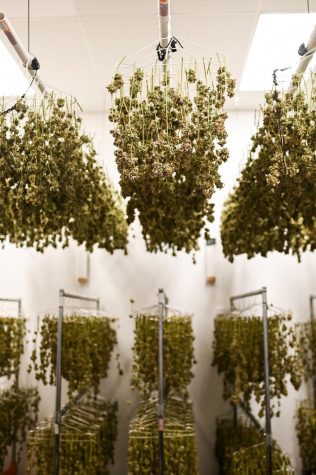
(Lucy Morantz)
Although it’s an integral part of her regime, medical marijuana is not Neil’s only way to combat her symptoms. “Marijuana, massages, and yoga,” she says. “Those are my three things I live and breathe by when it comes to chronic pain.”
Neil also uses a prescribed medication called amitriptyline that helps treat nerve pain, a symptom of fibromyalgia according to the London Pain Clinic.
Throughout Neil’s fibromyalgia journey, she has also had to deal with the stigma and stereotypes associated with the substance. Medical professionals are less inclined to prescribe her alternative medications due to her use of marijuana.
According to Neil, these medical professionals can get the notion of substance dependency, and don’t treat it like they would other pain medications.
“It’s kind of like an Advil, in my opinion,” she says.
She said she believes that medical marijuana is like other prescription medications, in the sense that it’s not going to be the solution for everyone.
“I’m not saying that everyone should, you know, blaze up,” Neil says. “Just understanding that, hey, some medications work for you, and some medications don’t work for me, but this works for me. It might not work for you.”
Neil credits this treatment for helping her attend this semester at school without accommodations. Before, she wasn’t attending school due to her severe pain, but now she has the assistance she needs to focus on acquiring her college degree.
While the substance provides her with relief, she also recognizes the importance of not using it at inappropriate times. Neil does not use it with the intention of getting high, but simply to relieve her pain, and she is not alone in that method.
Lily Findling, who asked to remain anonymous with an alias, is diagnosed with anxiety, depression, complex PTSD, chronic pain in her joints, and ADHD. She finds CBD and marijuana to be helpful tools to cope with these conditions, in addition to her prescribed medication.
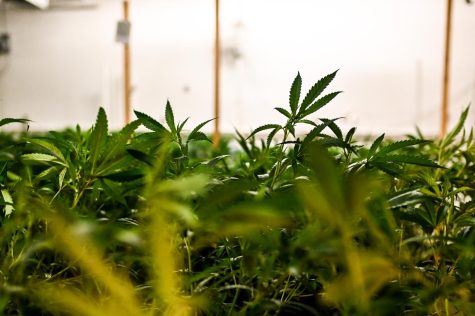
(Lucy Morantz)
Findling uses gummies with two CBD parts to one THC part (also known as two-to-one edibles) about twice a week. She says the CBD helps with her anxiety and chronic pain while the THC helps her cope with some of her ADHD symptoms, among other things.
“When I take the two-to-one edibles, it’s kind of like I can feel more of a mind-body connection because I’m not as anxious and intrusive thoughts aren’t as common for me when I take them,” Findling says.
In addition to the gummies, she uses a CBD tincture, which is an alcohol-based extract, to help her nerve pain.
“I have Ehler-Danlos syndrome, which is a weird joint condition where my connective tissue is like, too loose,” she says. “So my joints kind of partially dislocate all the time. So it can be really painful.”
CBD and THC help combat her other symptoms as well.
According to Findling, ADHD makes it difficult for neurons to respond to dopamine. “That results in not being able to concentrate on anything that doesn’t interest me,” she says. “The right amount of THC makes everything interesting so that it doesn’t matter. I can just pay attention to whatever is in front of me and I’m more present.”
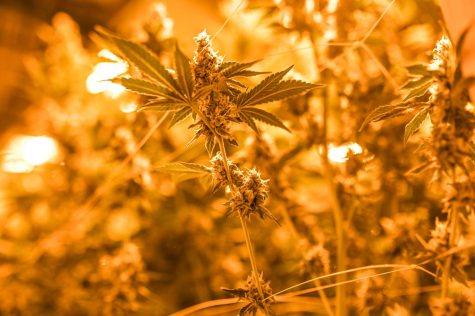
(Lucy Morantz)
Like Neil, Findling recognizes that marijuana helps her, but it can be harmful when misused, just like other prescription drugs. She has friends who struggle with dependency on the substance and encourages others to know themselves and their limits before trying it.
All prescription medications can be dangerous if not used in the way they were intended. Those who are looking to try marijuana for applicable symptoms are strongly encouraged to consult a medical professional and start with small doses.
Medical marijuana is taking flight as a viable treatment option for a multitude of different symptoms. Whether it’s to help with seizures, weight loss, or several other medical conditions, patients swear by it to help them with an array of grievances.
“It was used hundreds of years ago as medicine, why can it not be used as medicine now?” Neil asks.


